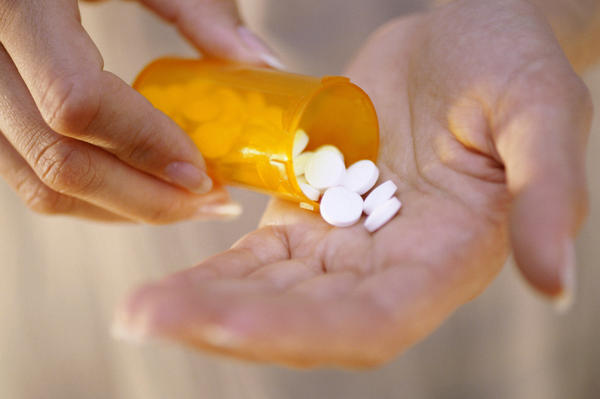 Flexon, also known as orphenadrine, is a muscle relaxant drug that functions by inhibiting nerve impulses and pain sensations to the brain. Flexon tablets are usually prescribed for skeletal muscle conditions, such as traumatic injuries, and are used in conjunction with rest and physical therapy. There are also many other common uses of a Flexon tablet.
Flexon, also known as orphenadrine, is a muscle relaxant drug that functions by inhibiting nerve impulses and pain sensations to the brain. Flexon tablets are usually prescribed for skeletal muscle conditions, such as traumatic injuries, and are used in conjunction with rest and physical therapy. There are also many other common uses of a Flexon tablet.
What Symptoms Can Flexon Tablet Cure?
There are a wide range of Flexon tablet uses for a variety of ailments, including the following:
- Cold and flu symptoms – congestion, sore throat, and minor body aches and pains
- Inflammatory bone and joint disorders – rheumatoid arthritis, osteoarthritis, spondyloarthritis, and ankylosing spondylitis, as well as non-articular rheumatism and acute gouty arthritis episodes
- Inflammatory gynecological illnesses, such as pelvic inflammatory disease and dysmenorrhea
- Nerve conditions, including sciatica and neuralgia
- Lumbago
- Muscle cramps
How to Take Flexon Tablet
1. How to Take
Flexon needs to be taken exactly as prescribed, following the label's instructions. Don't overdose or take longer than stated. Furthermore, you shouldn't bite or chew the Flexon tablet; swallow it whole with some water. This way, the drug dissolves slowly in your digestive system and is gradually released into your body.
Flexon is usually prescribed as part of a treatment program including physical therapy or other pain relieving techniques, so it is important to stick to any advice your doctor gives you.
The drug can be addictive, so make sure that it is only taken by the person for whom it is prescribed. Store the medication in a secure location at room temperature, away from moisture and light.
2. About the Dosage
Any missed doses should be taken as soon as you remember. However, if it is soon time for the next dose, skip the missed dose and just take the subsequent pill. Don’t try to make up for the forgotten dose by taking extra medication.
If you overdose on Flexon, you need to get immediate medical attention, as the drug can be fatal. Symptoms of Flexon overdose include increased heart rate, confusion, blurry vision, skin that feels cold or clammy, weak/shallow breathing, feeling faint, and seizures.
Know the Interactions
Interactions with other drugs can impede the effectiveness of Flexon tablets, or result in greater side effects. Keep a note of all the medications you are taking, and inform your doctor or pharmacist of that in case of any possible interactions. In particular, any drugs that lead to drowsiness (e.g. antihistamines, alcohol), medications to promote sleep or ease anxiety (e.g. zolpidem, alprazolam, diazepam), narcotic pain killers (such as codeine), and other muscle relaxants may produce serious adverse effects when taken with Flexon.
How to Deal With the Side Effects of Flexon Tablets
One of the most common side effects experienced when taking Flexon tablets is a dry mouth. This can be relieved by sucking on ice chips or hard sugar-free candy, drinking water, chewing sugar-free gum, or using a saliva substitute.
Other side effects of Flexon include:
- Dizziness and lightheadedness
- Fatigue
- Nausea
- Vomiting
- Constipation
- Blurred vision
If you have any of these symptoms whilst receiving Flexon treatment, make an appointment to see your doctor.
However, if you experience any of the following, you'll require immediate medical help:
- Shaking
- A quick, pounding heartbeat
- Fainting
- Difficulty during urination
- Pain in the eyes
- Sudden changes in mood or mental state, for example increased anxiety, confusion, or hallucinations.
